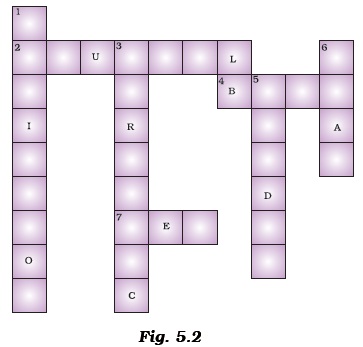Wednesday, July 29, 2020
Tuesday, July 28, 2020
Monday, July 27, 2020
EQUIPMENTS FOR MICROBIAL CULTURE
An Erlenmeyer flask, also known as a conical flask (British English) or a titration flask, is a type of laboratory flask which features a flat bottom, a conical body, and a cylindrical neck. It is named after the German chemist Emil Erlenmeyer (1825–1909), who created it in 1860.

Three baffle indents Designed to provide greater agitation of solution to improve oxygen or gas transfer due to increased turbulence of the agitated medium

A shaker is a piece of laboratory equipment used to mix, blend, or agitate substances in a tube or flask by shaking them. It is mainly used in the fields of chemistry and biology. A shaker contains an oscillating board that is used to place the flasks, beakers, or test tubes.


Fermenters are designed to contain an internal environment for the
optima metabolization and efficient reproduction of microorganisms.



Three baffle indents Designed to provide greater agitation of solution to improve oxygen or gas transfer due to increased turbulence of the agitated medium
A shaker is a piece of laboratory equipment used to mix, blend, or agitate substances in a tube or flask by shaking them. It is mainly used in the fields of chemistry and biology. A shaker contains an oscillating board that is used to place the flasks, beakers, or test tubes.

A fermenter is an enclosed and sterilised vessel that maintains optimal conditions for the growth of a microorganism
- The microorganism undergoes fermentation to produce large quantities of a desired metabolite for commercial use
Fermenters are designed to contain an internal environment for the
optima metabolization and efficient reproduction of microorganisms.


WORKSHEET 3, CH 5, CLASS 7
Q1. Fill in the cross word given as Figure 5.2 with the help of the clues provided.



- (2) The solution which does not change the colour of either red or blue litmus.
- (4) Phenolphthalein gives pink colour in this type of solution.
- (7) Colour of blue litmus in lemon juice.
Down
- (1) It is used to test whether a substance is acidic or basic.
- (3) It is a natural indicator and gives pink colour in basic solution.
- (5) Nature of ant’s sting.
- (6) It is responsible for increase in temperature during a neutralisation reaction.
Q2. Boojho, Paheli and their friend Golu were provided with a test tube each containing China rose solution which was pink in colour. Boojho added two drops of solution ‘A’ in his test tube and got dark pink colour. Paheli added 2 drops of solution ‘B’ to her test tube and got green colour. Golu added 2 drops of solution ‘C’ but could not get any change in colour. Suggest the possible cause for the variation in their results.
Q3. Form a sentence using the following words – baking soda, antbite, moist, effect, neutralised, rubbing.
Q4. Match the substances in Column I with those in Column II.

Q5. Fill the blanks in the following sentences
- (a) Lemon juice and vinegar taste ___________ because they contain ___________.
- (b) Turmeric and litmus are _________ acid-base indicators.
- (c) Phenolphthalein gives _________ colour with lime water.
- (d) When an acidic solution is mixed with a basic solution, they _________ each other forming _________ and water.
Sunday, July 26, 2020
Subscribe to:
Posts (Atom)
